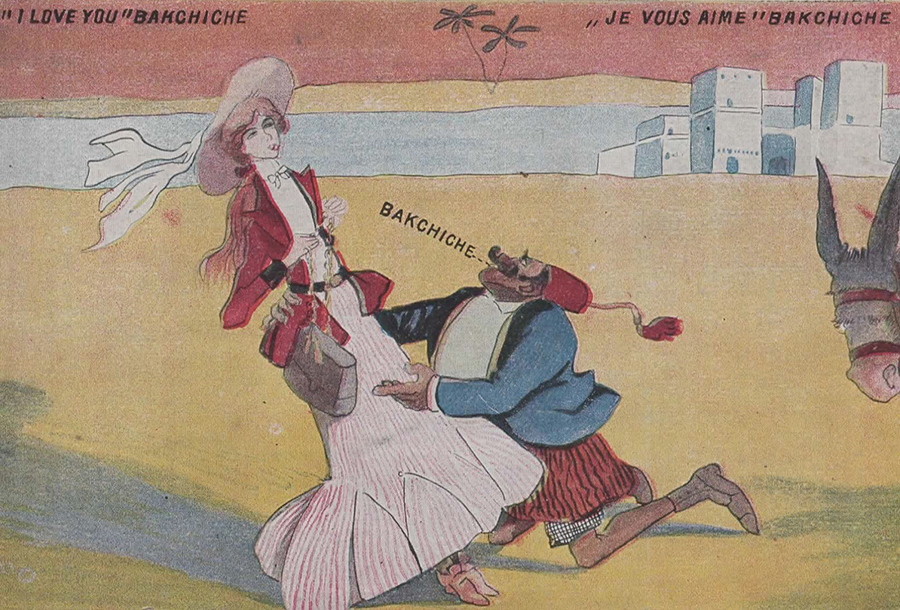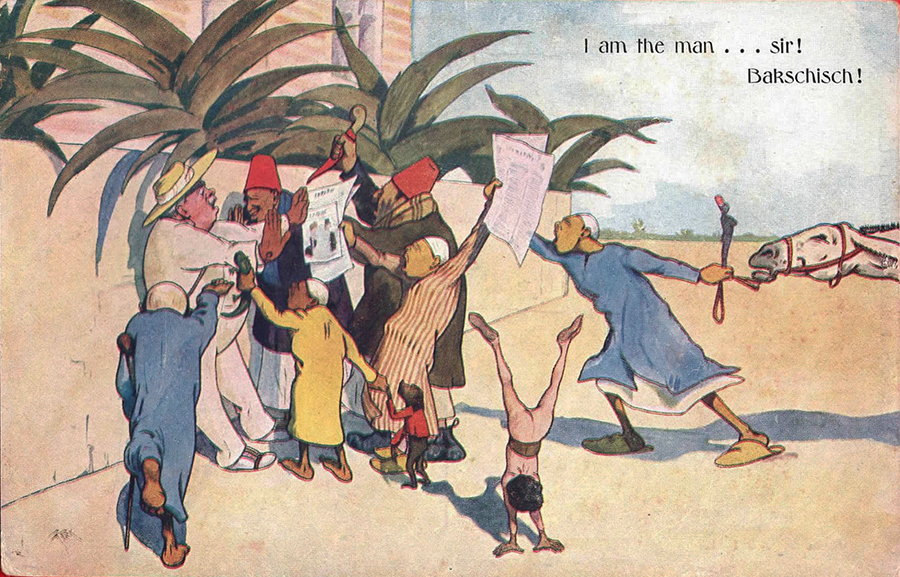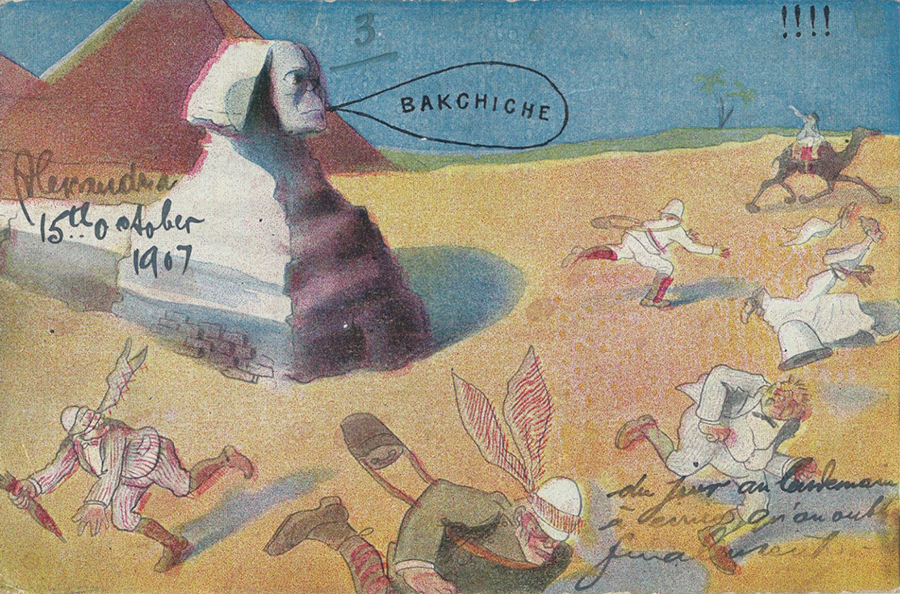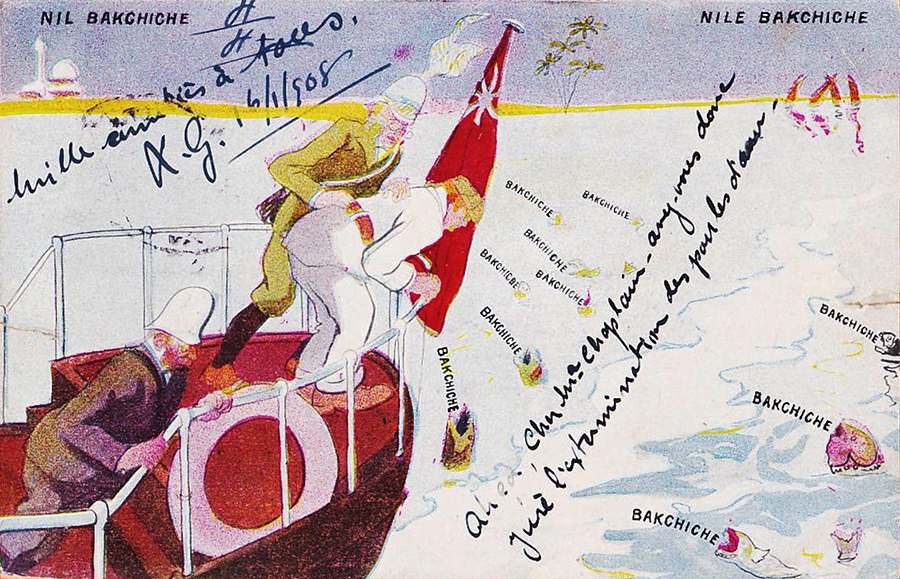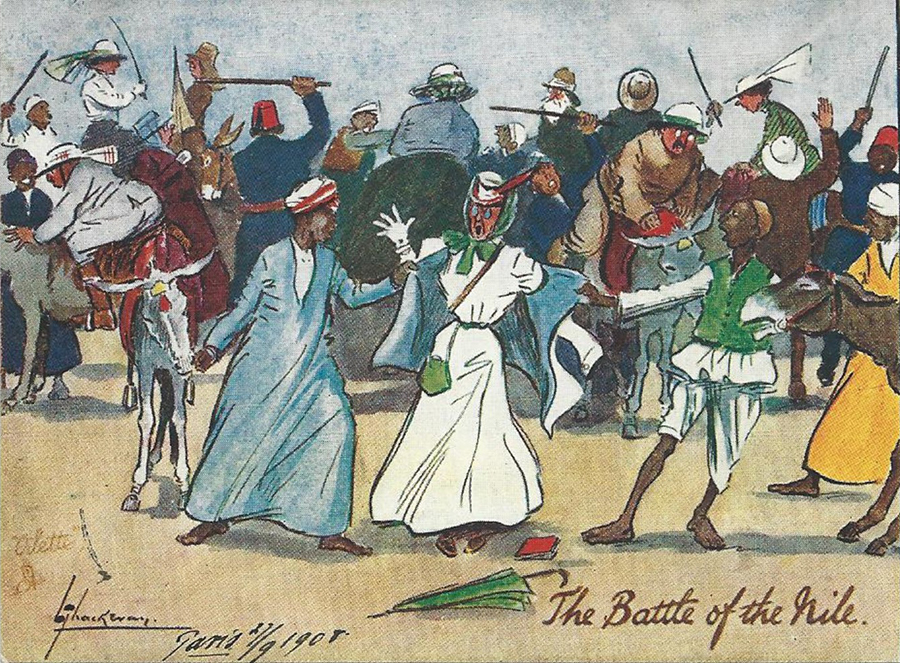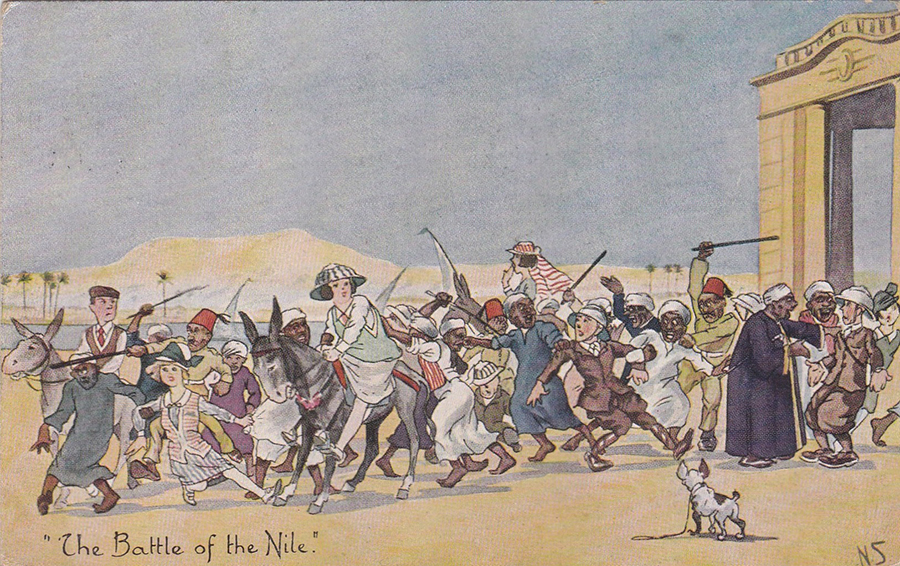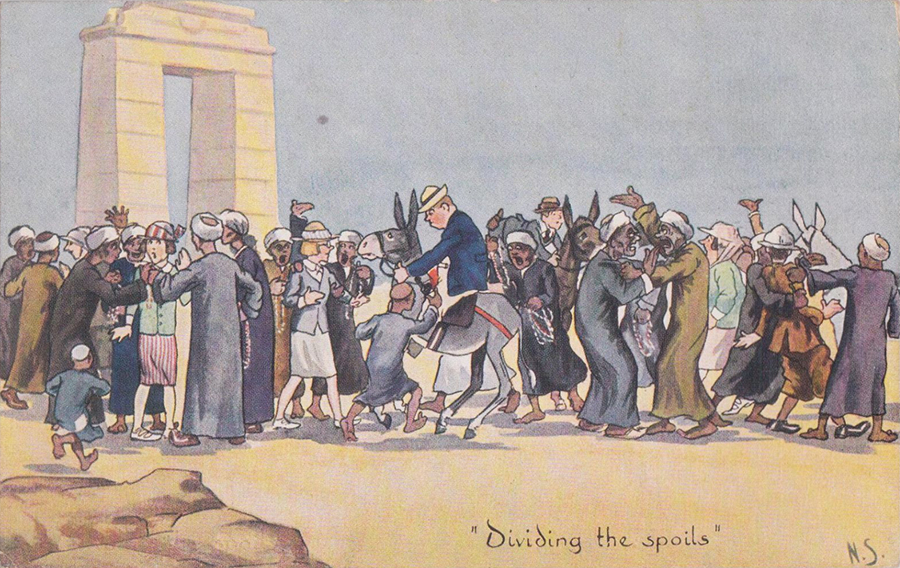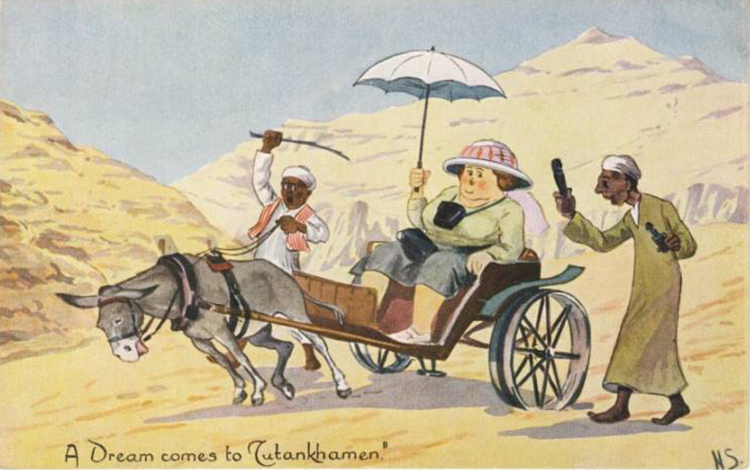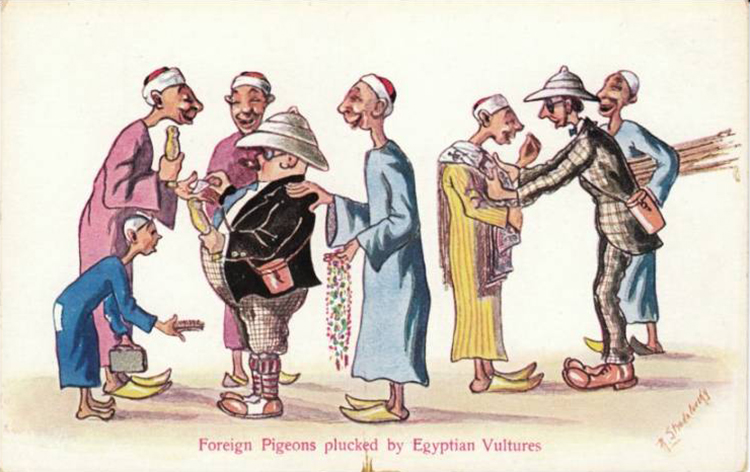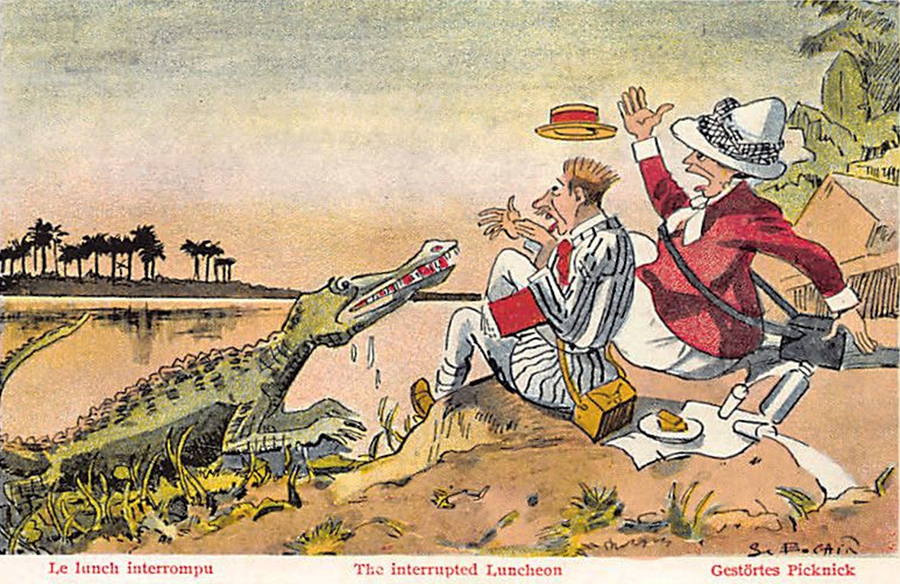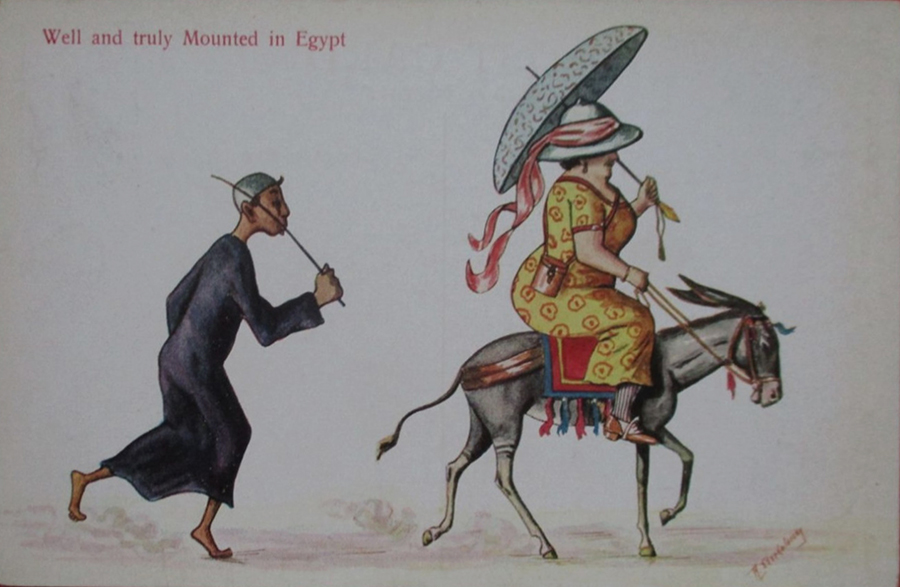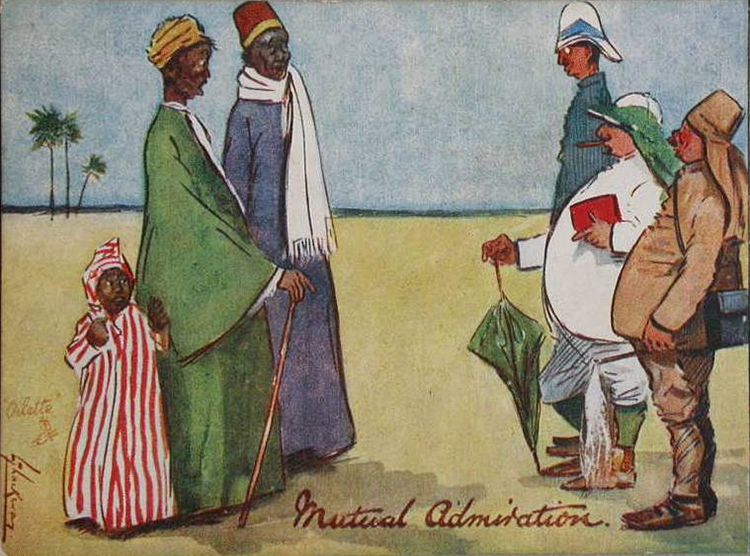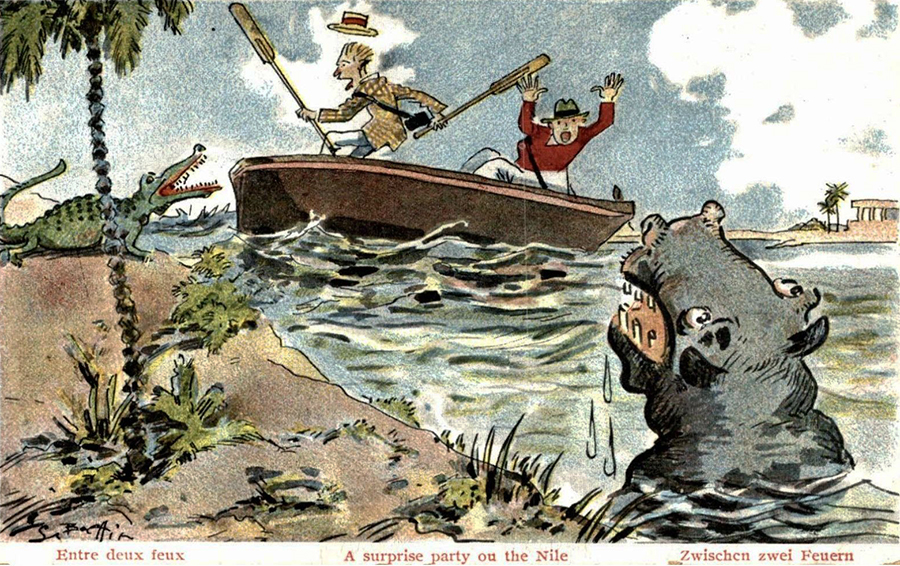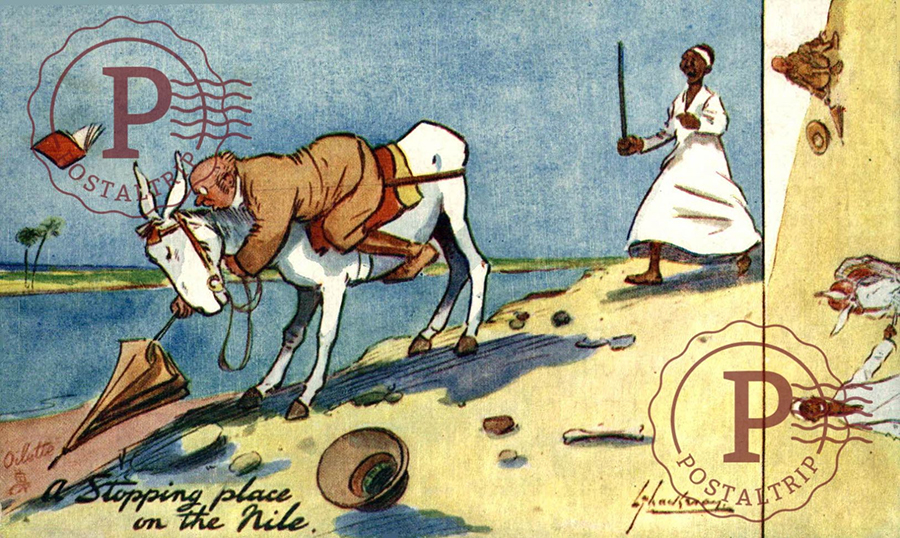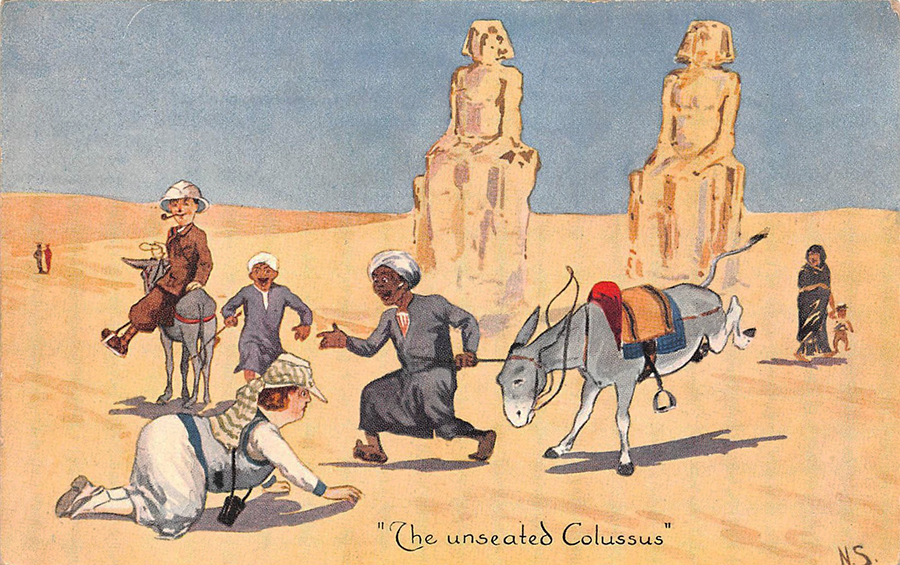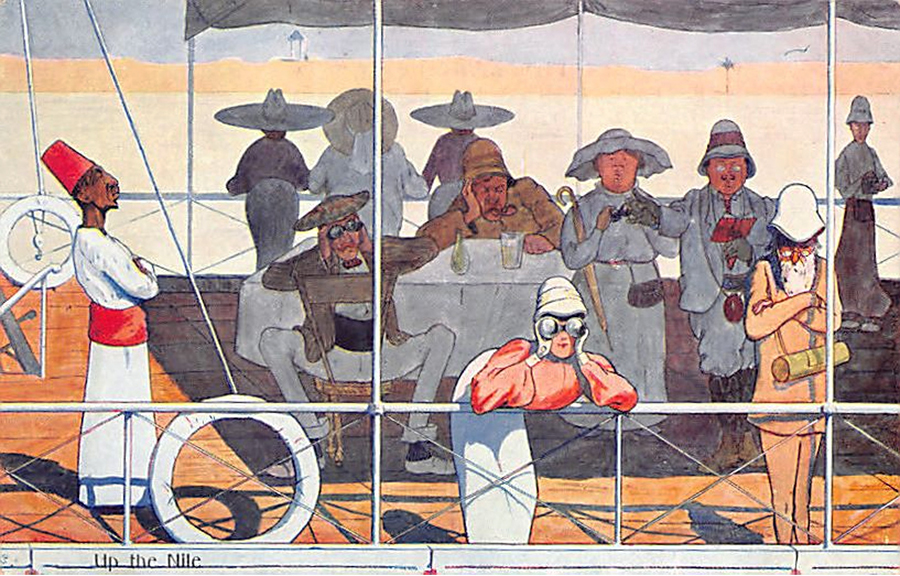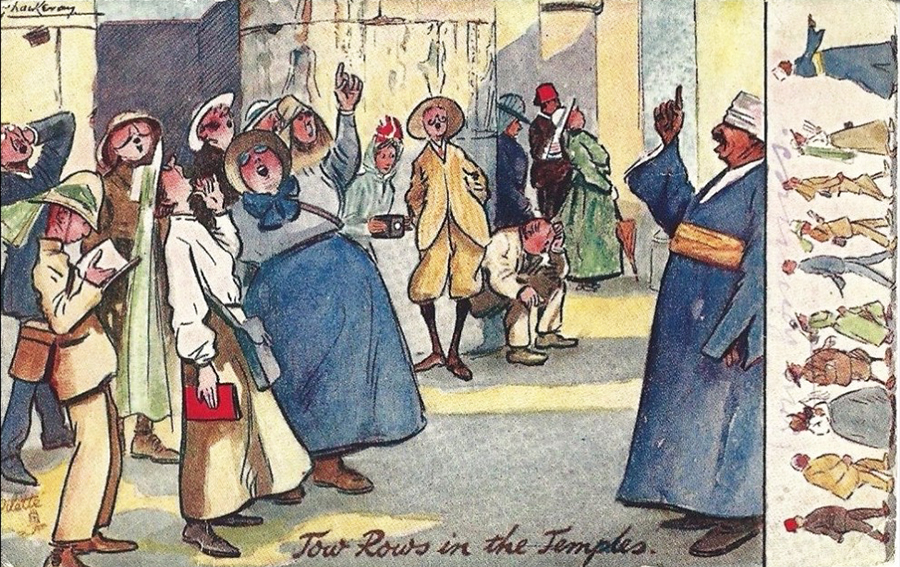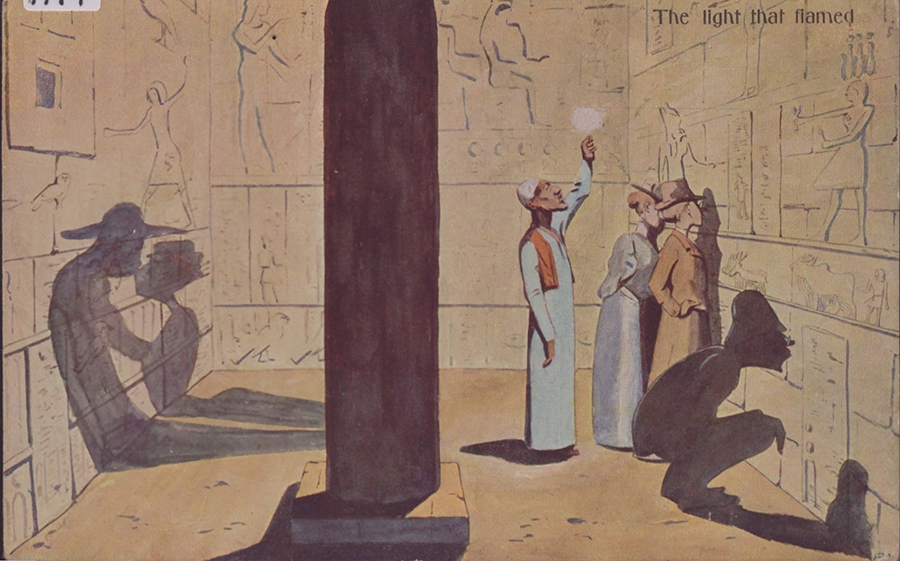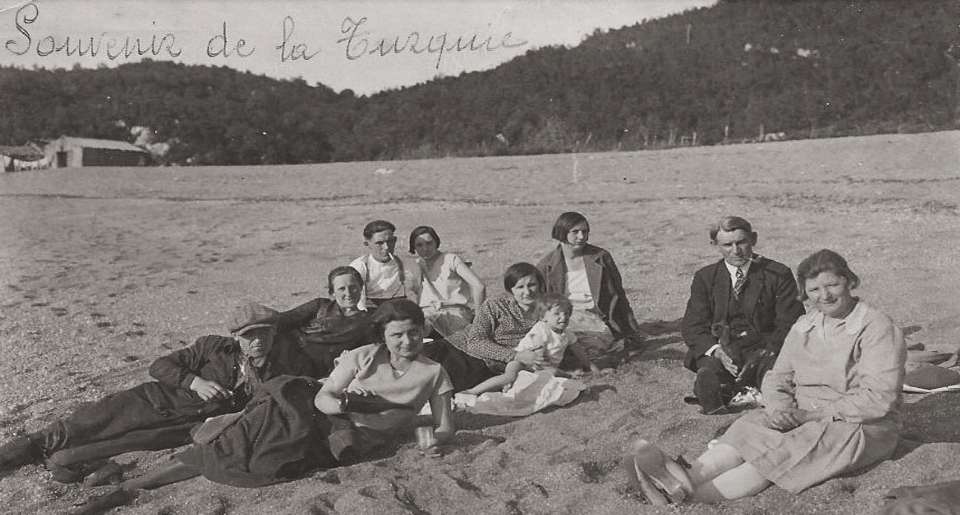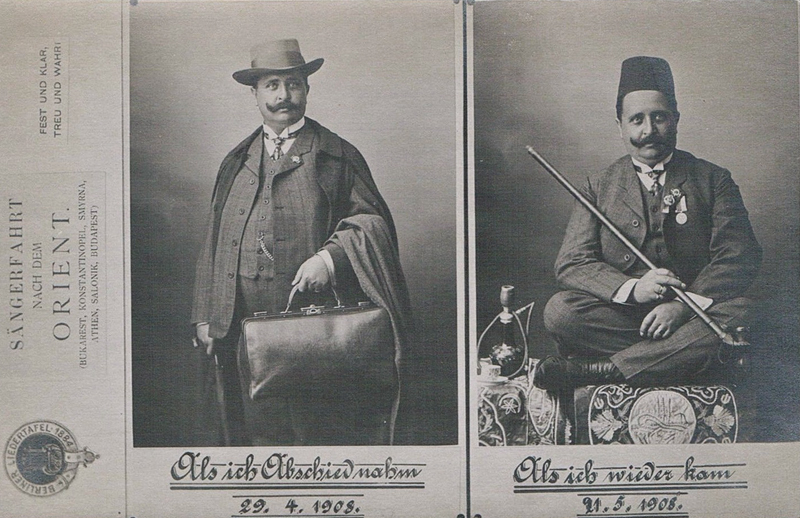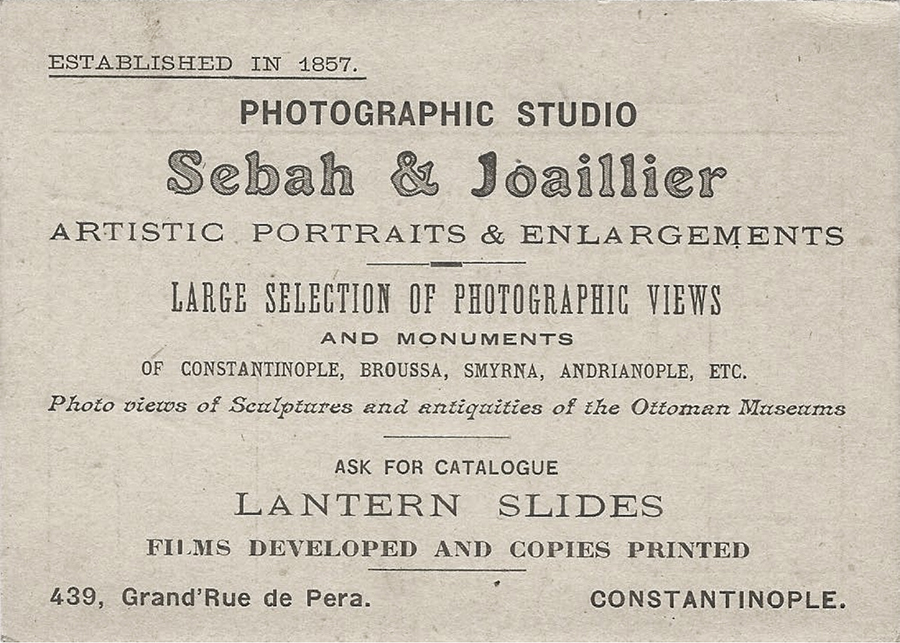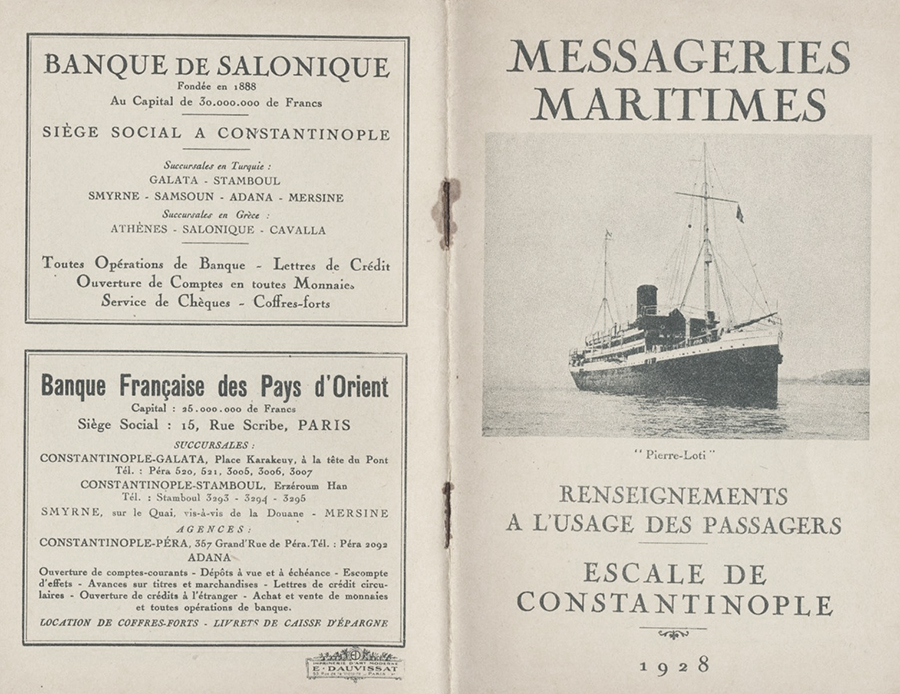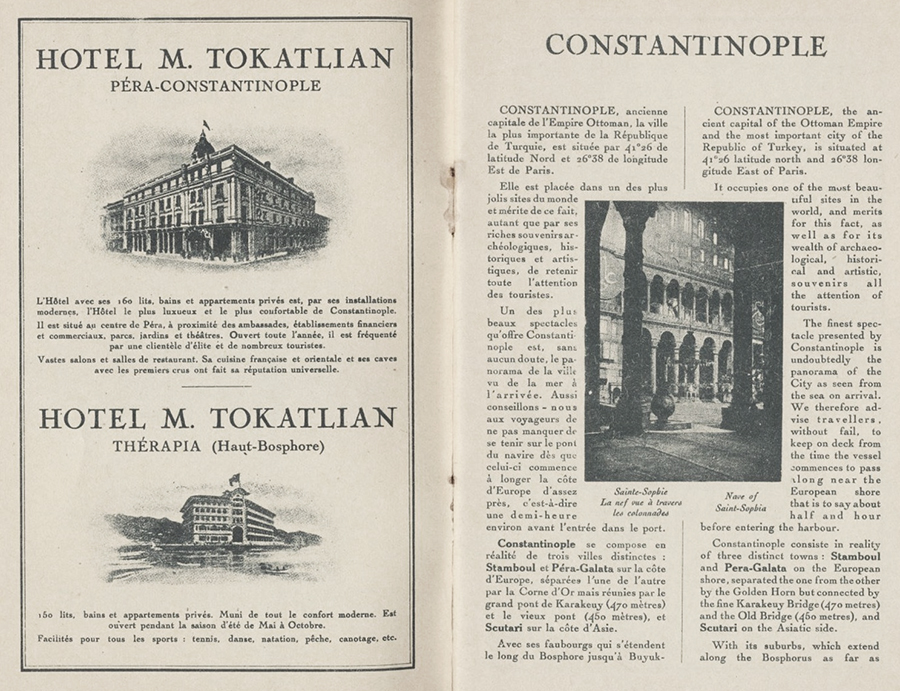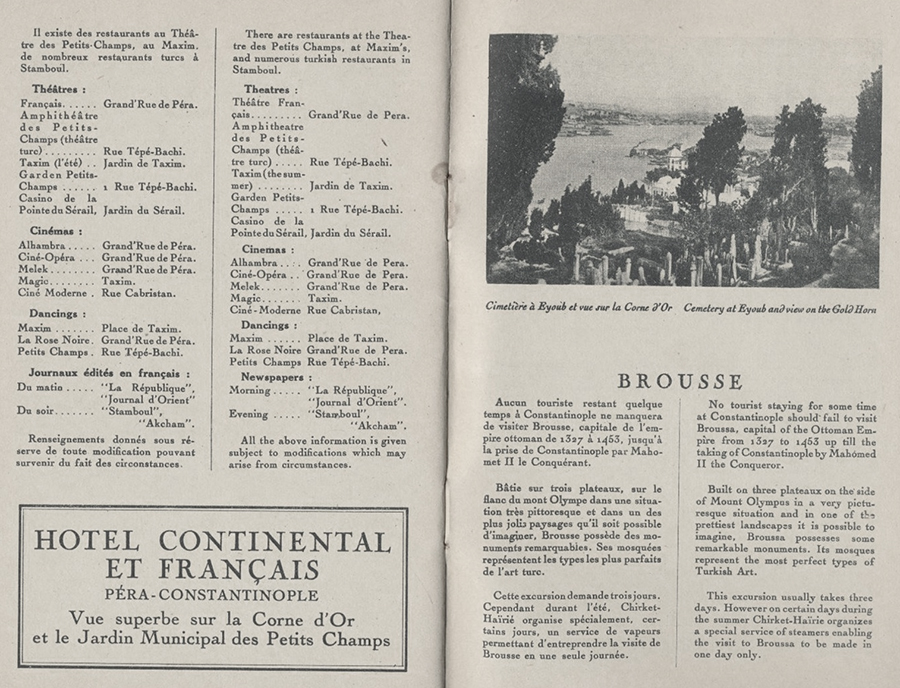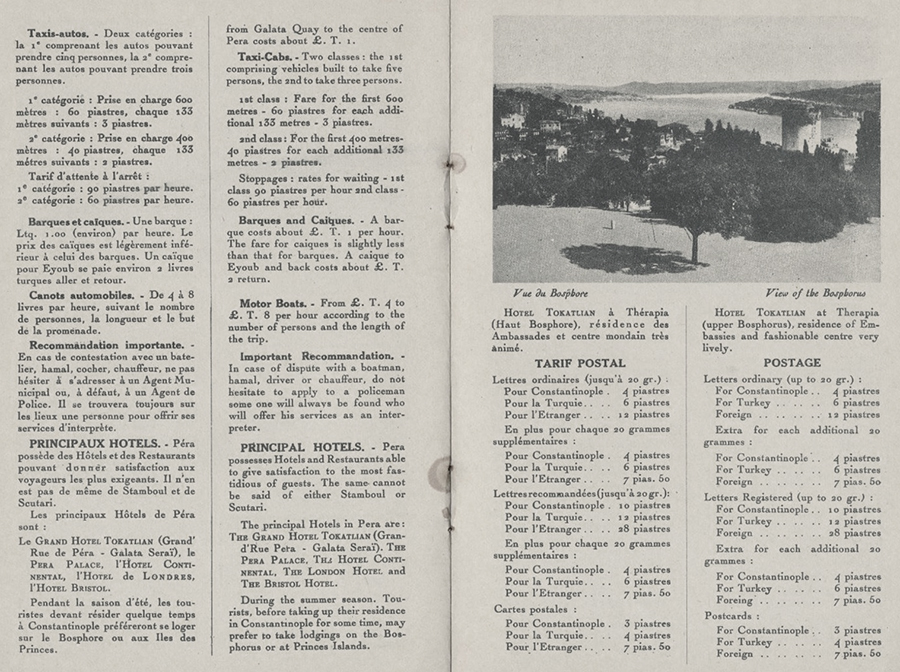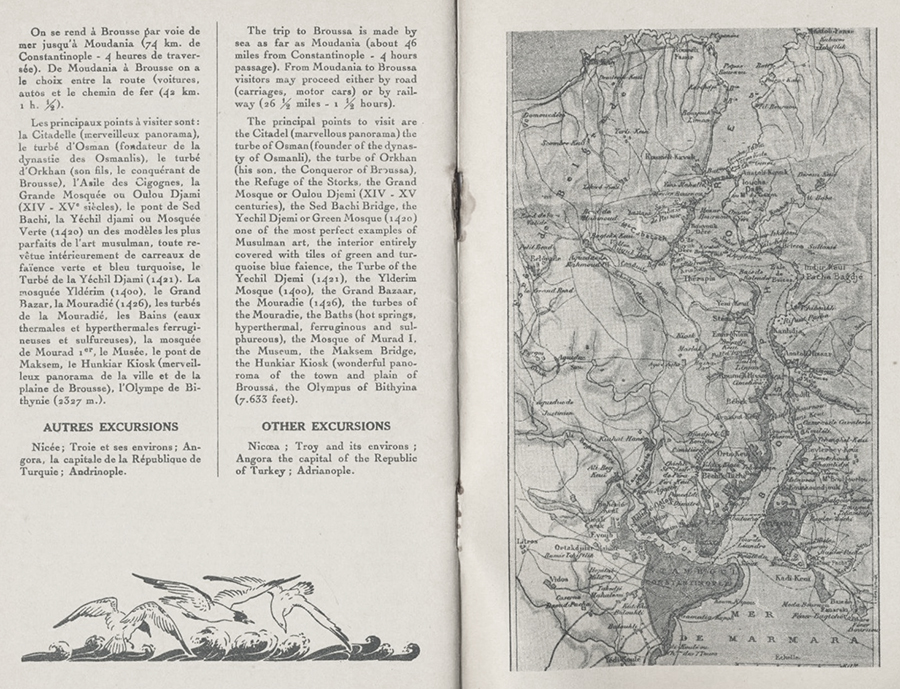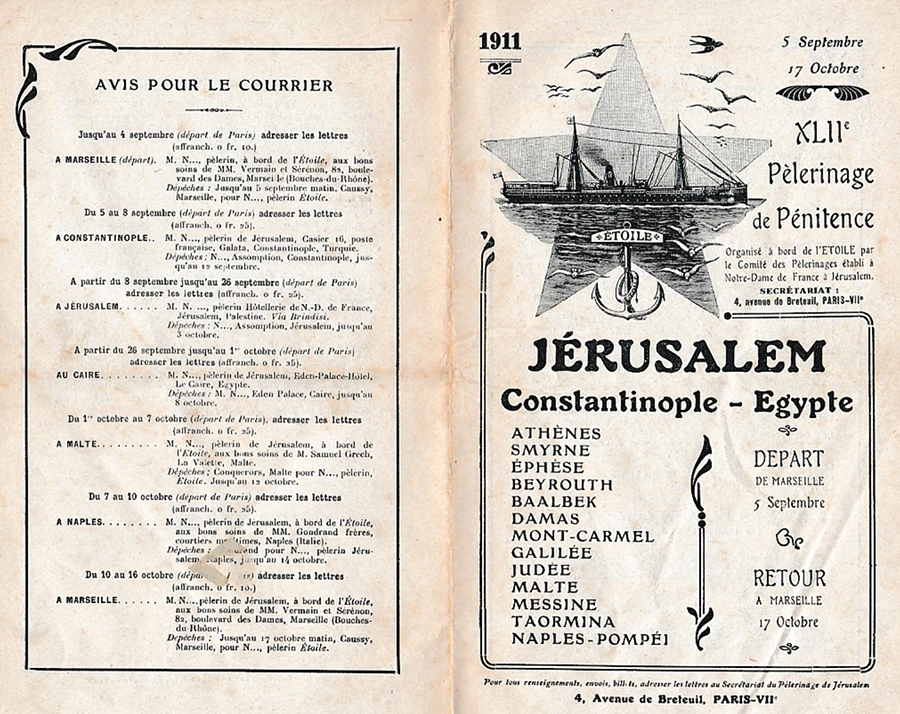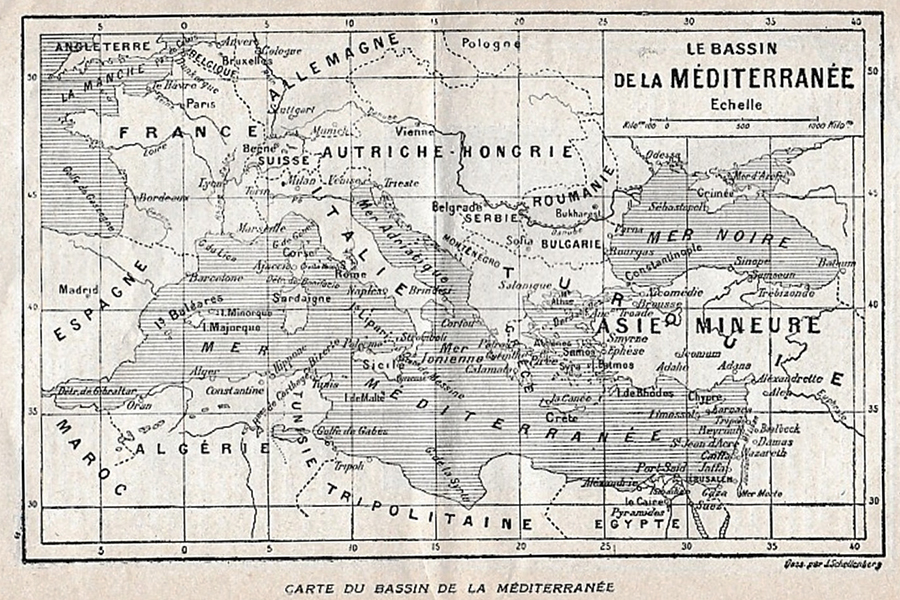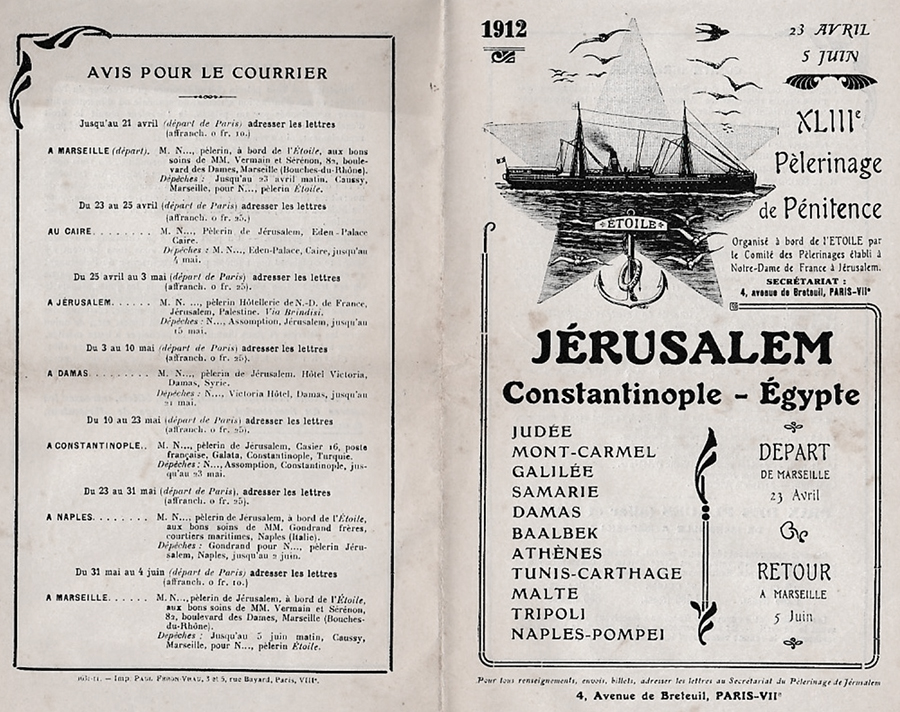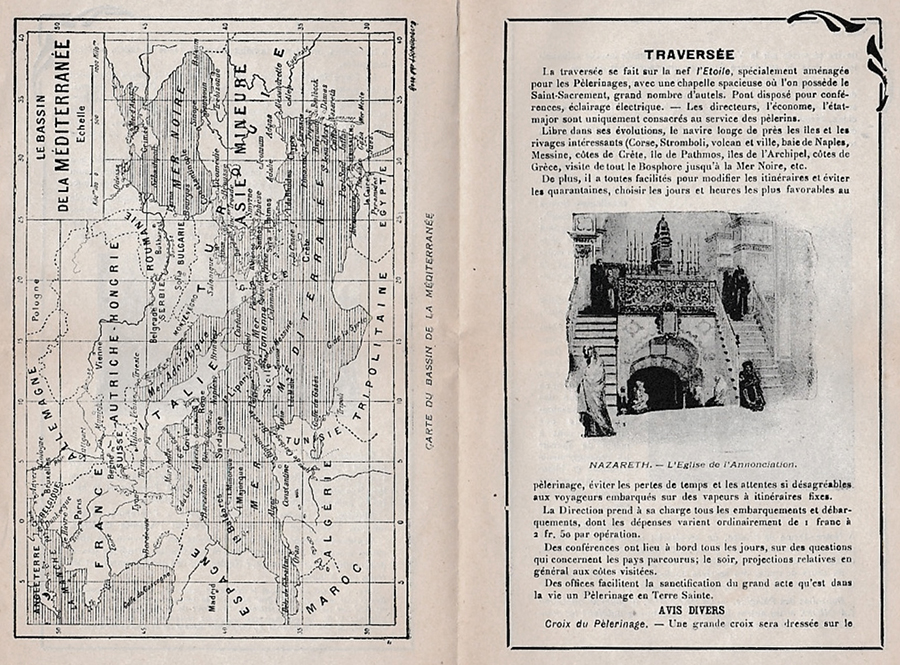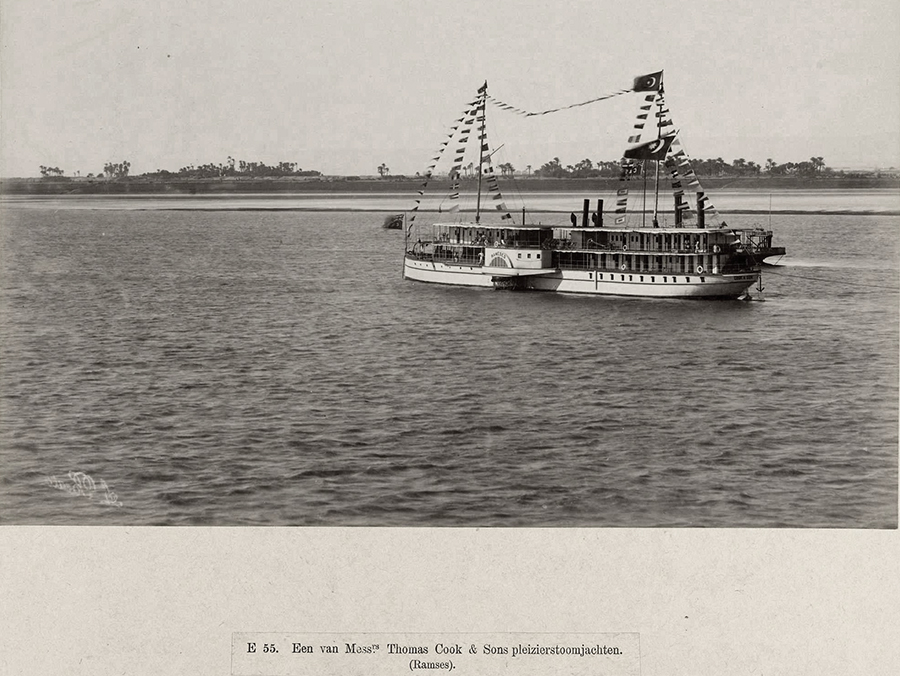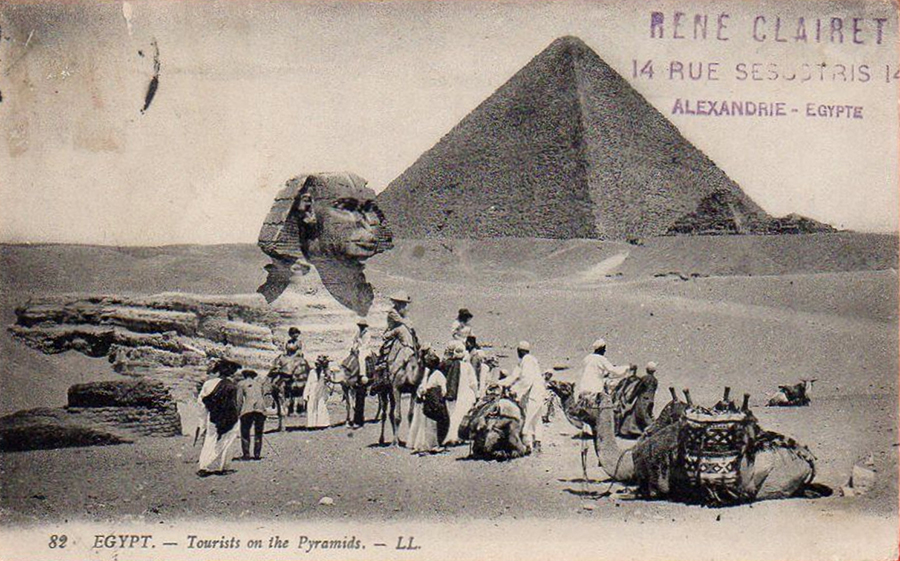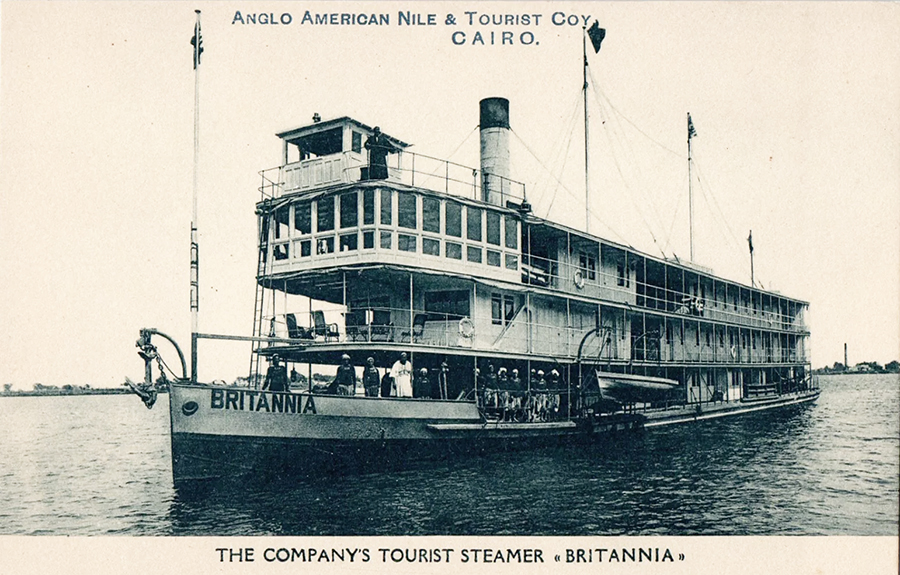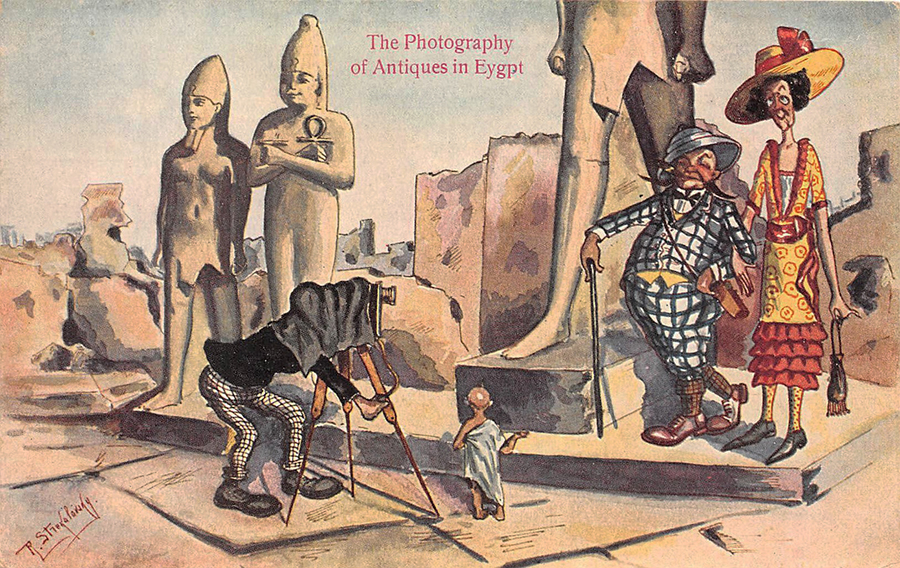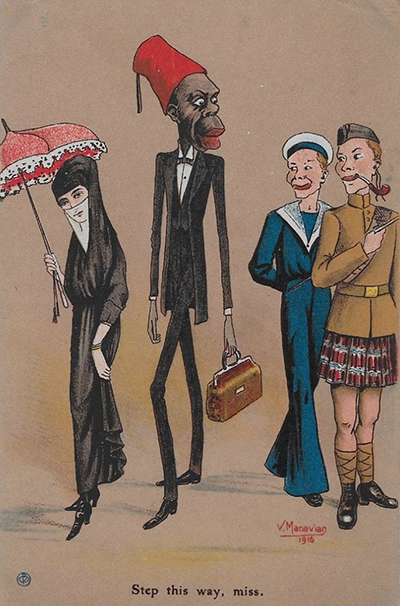
Ephemera
Early tourists
In human history travelling for the single purpose of pleasure and learning is a relatively recent development. Earlier travel was either driven due to violence and war or religious pilgrimage. From the 17th century young nobles from western and northern European countries made what was called the Grand Tour - a trip to southern Europe (usually covering Italy and Greece and the Ottoman Empire often culminating in Palestine / Egypt area) with the main purpose of soaking up history, art and cultural heritage. It was considered a perfect way to be educated before engaging in business. The Industrial Revolution centred in northern Europe, which began in the second half of the 18th century, produced a major economic, social and technological transformation that would spread to the rest of the world. As a result of these changes, there was an exodus from rural regions to growing big cities, which needed labour for the new industry. Therefore, new social classes appeared. Developments in transport were also key. The improvements in freight and passenger transport contributed to the birth of leisure, new forms of entertainment and travel. People travelled mainly by train, taking advantage of the fact that railway networks connected the destinations in Europe and other parts of the world.
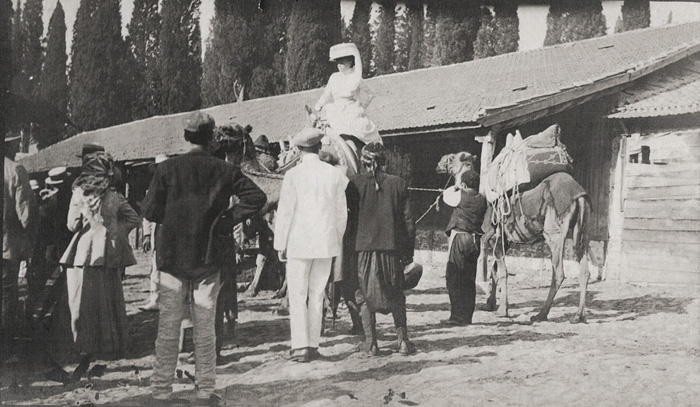
This photo merely has the caption of ‘Smyrna’ on the back, and it appears European visitors amusing themselves watching a young lady on a camel around early 20th century.
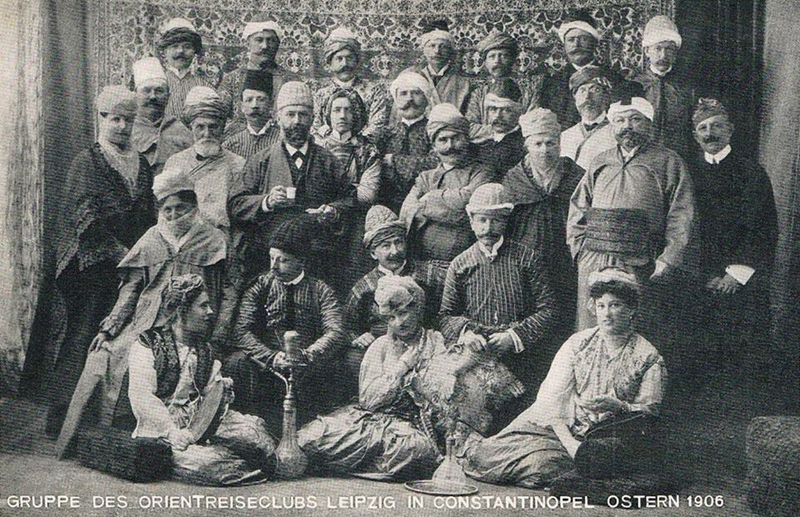
A group of travellers from an ‘Oriental travel club’ from Leipzig, Germany, posing at a photographer’s studio in Constantinople attired for fun in ‘local costumes’ in 1906. The Ottoman Empire for centuries was the mysterious East, bringing increasing numbers of visitors from the West as the means of transportation and safety improved. The interaction between these early tourists and established Levantines would have been on many different levels such as sharing transportation or providing services from hotels to tour guides. These mixed population cities of the Levant would have been a revelation to many of these travellers coming from lands mostly of single language and culture, yet in many cases the architecture and ways of these ports would have been very similar to their own home countries, probably another surprise when expecting an exotic environment that would have been part of the attraction for that travel.
What appears to be a custom made somewhat homorous card of a German traveller to the Levant from 1908. The text reads ‘When I went, when I came back’ suggesting the ‘turning native’ of his time in the ‘mysterious East’. No doubt such attitudes would have coloured the Westerners views of Levantines who living all their lives in the Levant would have been at times very familiar and at other incomprehensible in an era when ‘multiculturalism’ was not even a concept.
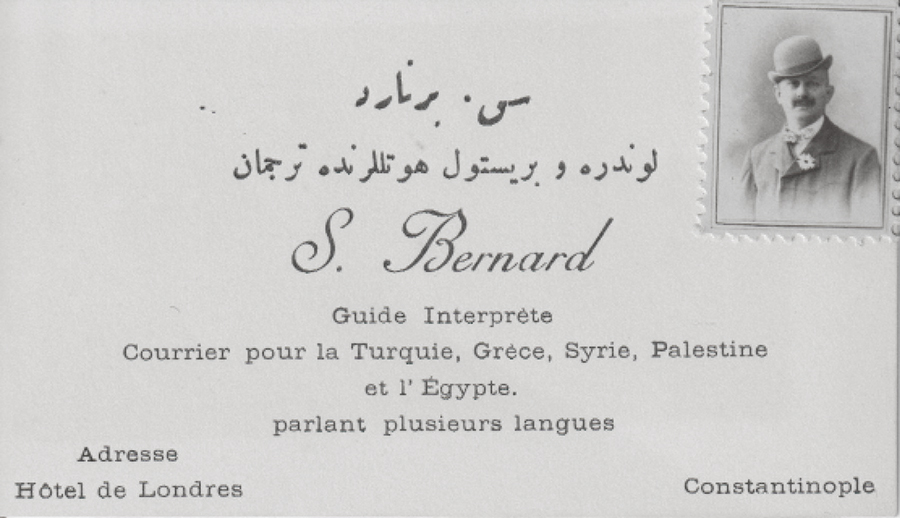
The visiting card with photo of a S. Bernard who was based at Hotel de Londres, with text indicating he is multi-lingual and able to cover a wide geography.
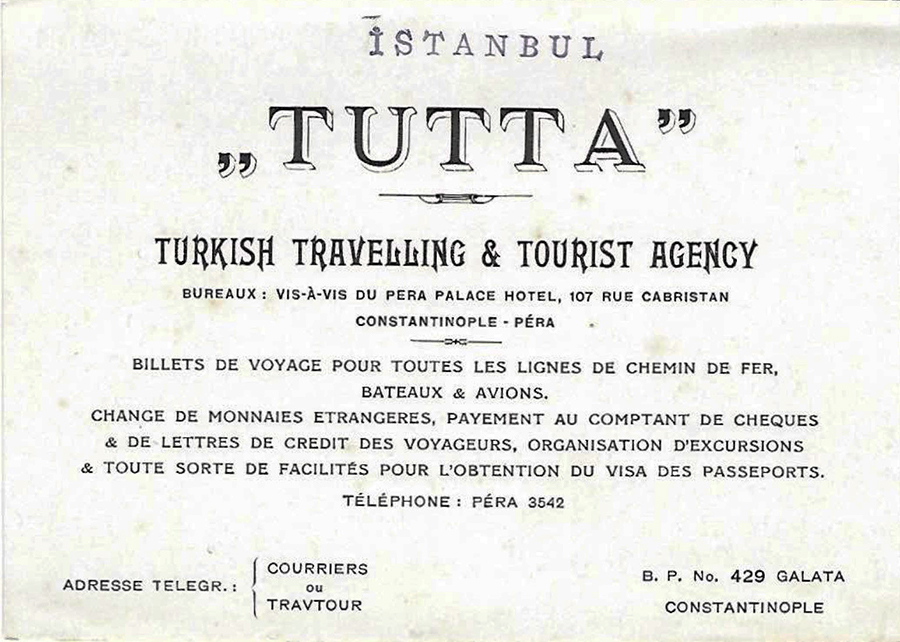
The flyer for ‘Tutta’, one of the first Turkish travel agents, founded in 1920s (Turkish Travelling & Tourist Agency) and below their shop-front in Pera.
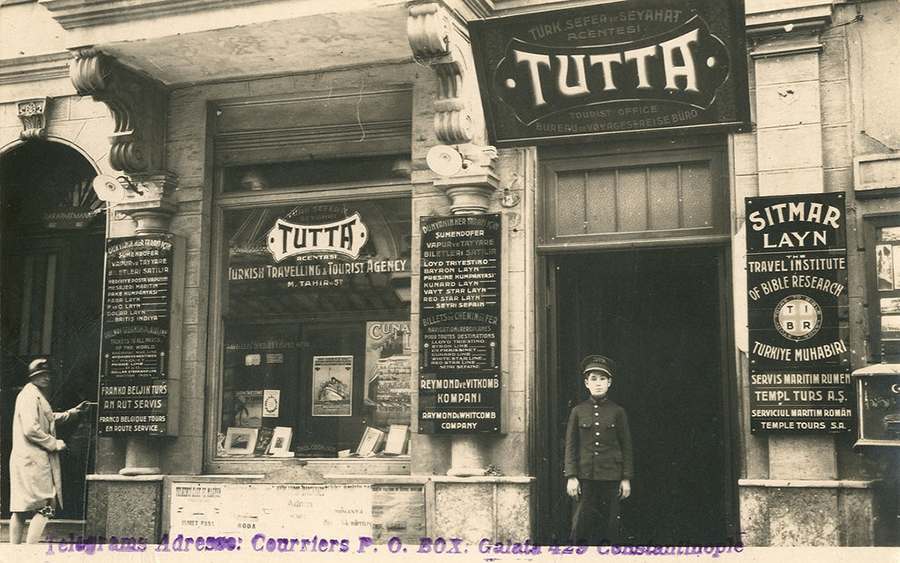
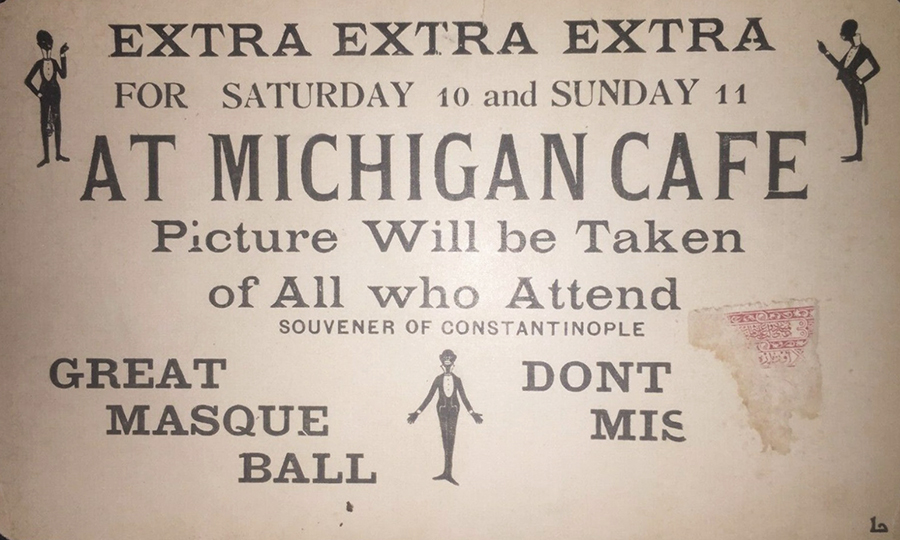
Flyer advertising the ‘Michigan Cafe’ of Constantinople clearly geared for tourists offering a ‘picture will be taken of all who attend’.
An English advertisement by the famous Sebah & Joaillier photographic studio in Pera offering a ‘large selection of photographic views’ as well as other tourist geared material.
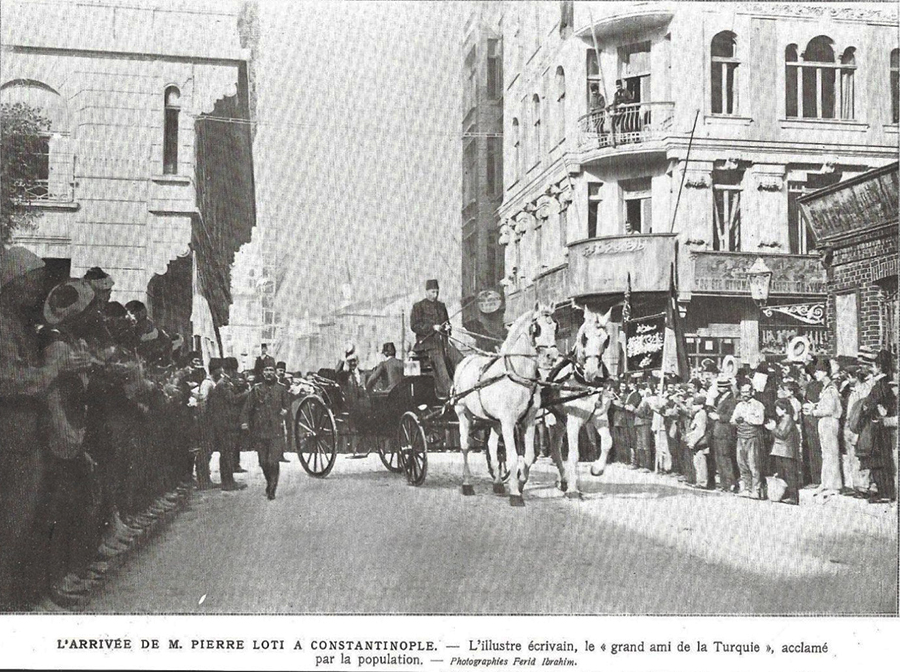
A newspaper image of Pierre Loti who published ‘Aziyadé: Constantinople’, a romantic, semi-autobiographical travelogue first published anonymously in 1879. Loti (a pen-name of Louis Marie-Julien Viaud) was an officer in the French navy who had been stationed in Thessaloniki and Constantinople a few years before his account was published. This image is clearly from a later visit when his fame allowed for this crowd to greet him.
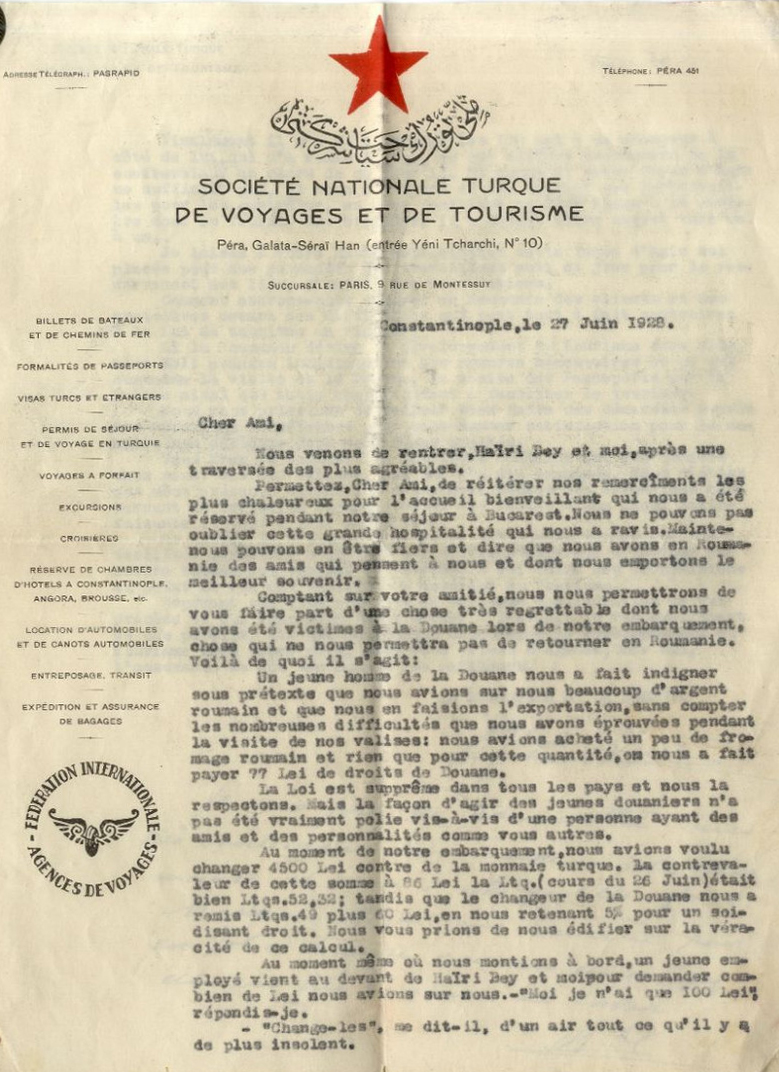
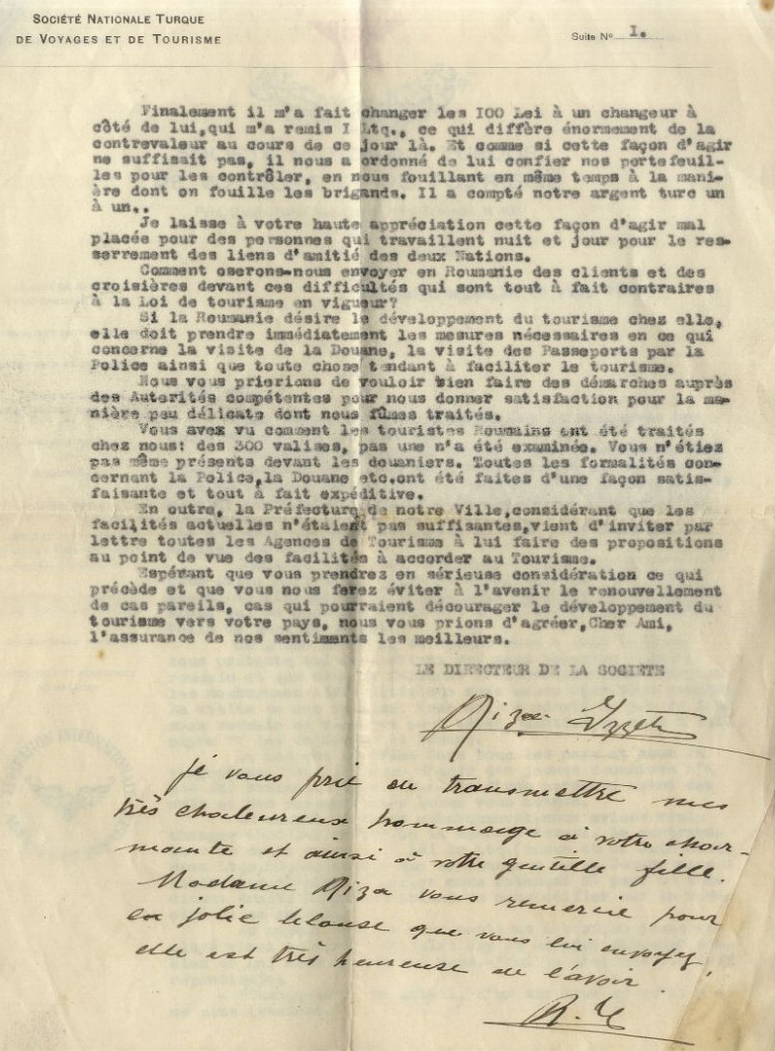
A 1928 dated letter in French sent by the Turkish National Society for travel and tourism, acting as a tourism board, to a tourism agency based in Romania.
The bilingual brochure from 1928 given to guests aboard the Messageries Maritimes company cruise liner ‘Pierre Loti’ containing practical information on where to stay etc. in Istanbul.
Brochures of itinerary for an annual Christian pilgrimages organised by the ‘Pelerinage de Penitence’ [Pilgrimage of Penance] for the years of 1911 and 1912 to the Holy Land and beyond aboard the ship ‘Etoile’.
Printed keep-sake dinner menu for the US officers of ‘Minneapolis’ hosted by the US warship ‘San Francisco’ in Smyrna in 1896 - it seems this took place on the latter ship to honour the officers of the other ship also in the same bay. Both ships were major battleships (cruiser) and a full history of each is visible: here: / Minneapolis:
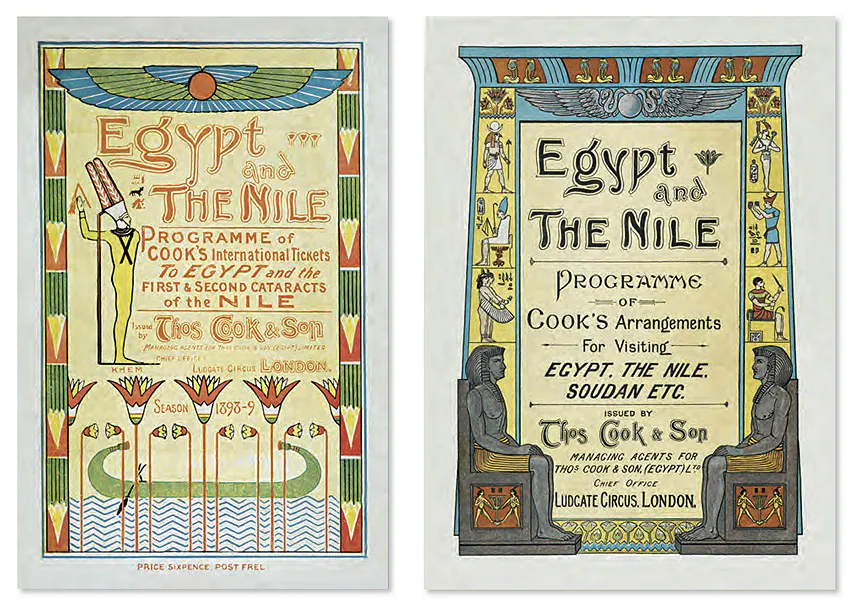
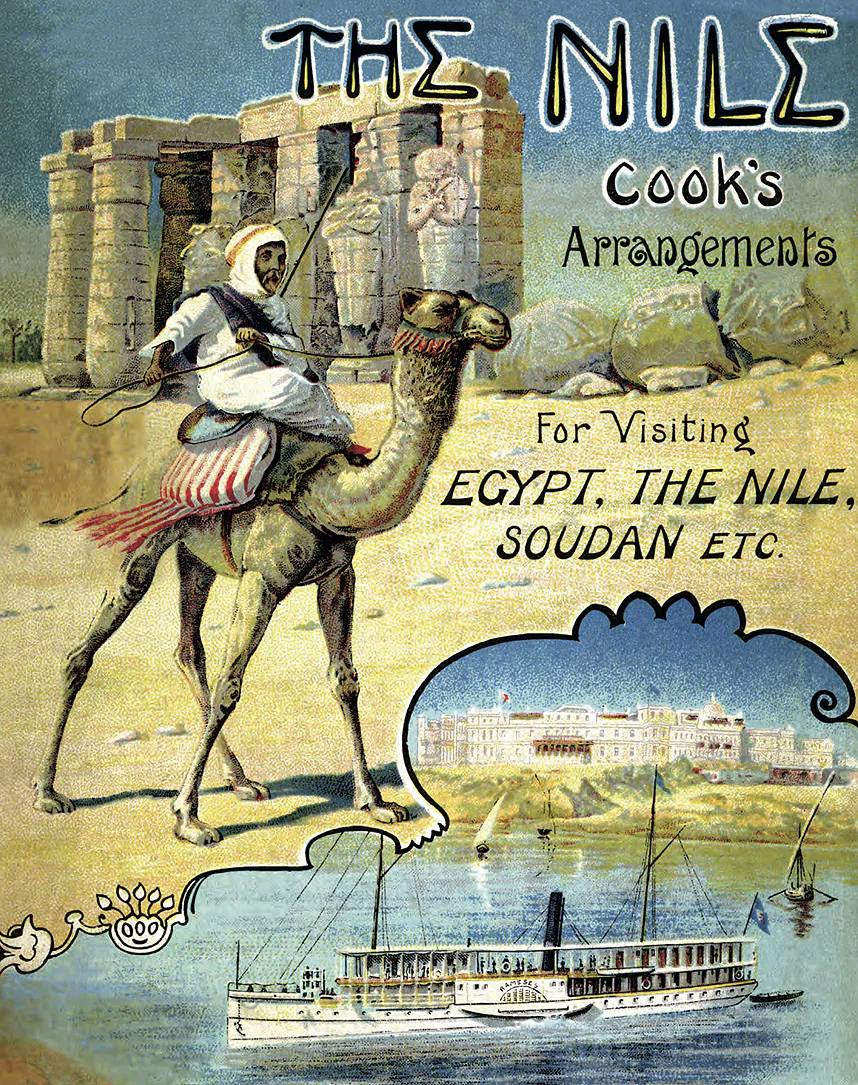
The cover of Thomas Cook & Son’s ‘Egypt & the Nile’ brochure for 1904.
The 19th century saw the creation of the first travel agencies. One of the pioneers was Thomas Cook & Son based in London, which was the first to offer excursions and holidays for groups, which included transport, accommodation and food tickets, thus making costs cheaper. This would be the origin of what we now know as package holidays.
Thomas Cook had begun his travel company in 1841, with a one-day rail trip from Leicester to Loughborough. He made his first foray into Egypt in 1868 and throughout the next decade built a small empire organising trips along the Nile. He opened an office at the famous Shepheard’s Hotel in Cairo. Cook’s Excursionist was a forerunner of the modern travel magazine, containing information on fares and what to see.
As the 19th century gave way to the 20th, Thomas Cook’s ‘Egypt and the Nile’ brochures became thicker as the size of the fleet increased. In 1872, Robert Etzenberger, an agent for Cook & Son in Egypt and proprietor of the Hotel Victoria in Venice, said “The Nile tour has become so popular that very soon no American out on a ‘European Tour’ will dare to return home and face his friends if he has not done the Orient”.
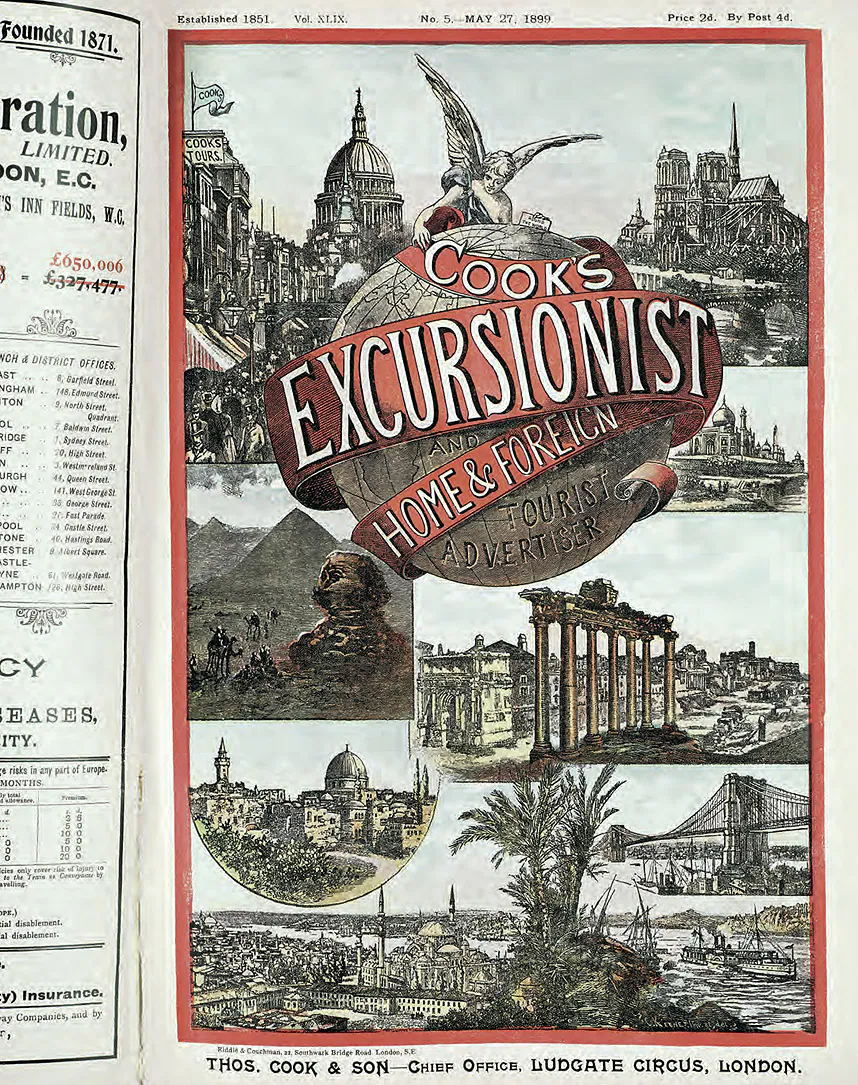
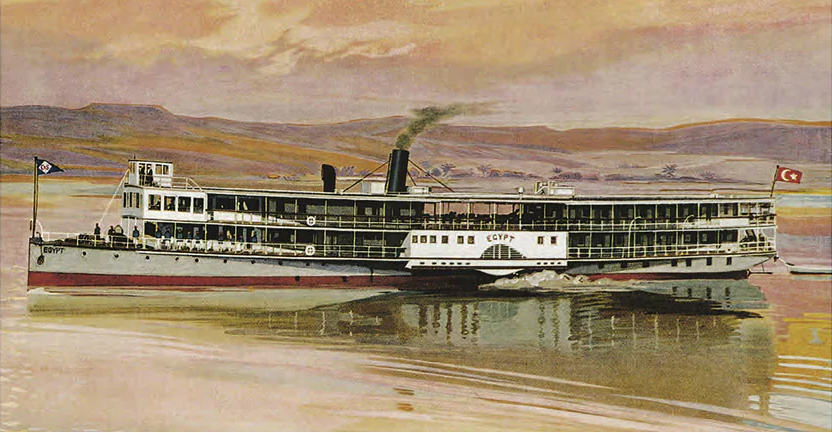
The ‘Egypt’ of Thomas Cook & Son represented a new level of luxury on the Nile, launched 1908, the 230 feet vessel had a capacity of 80 passengers.
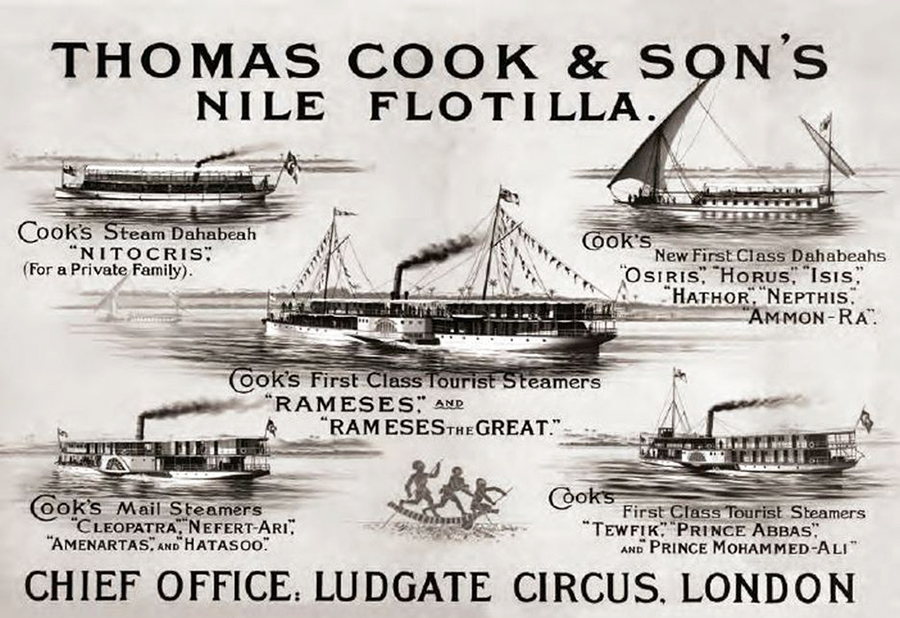
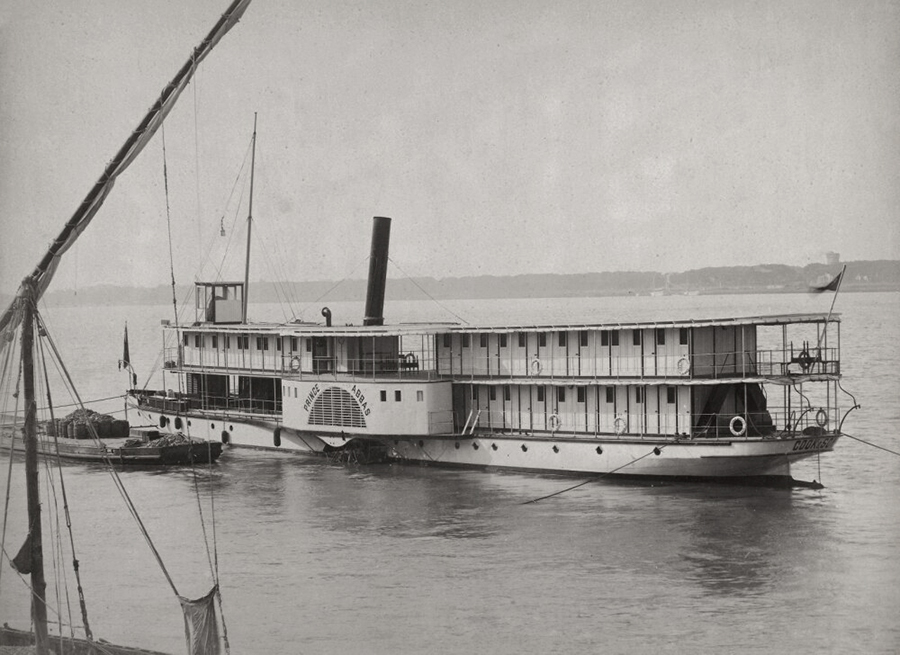
Postcard of tourists visiting the Egyptian pyramids which is stamped by a European whose business - possibly tourism - is based in Alexandria in that country, so a form of advertising where he possibly gives out these postcards to his clients who can then post them to friends and spread his name?
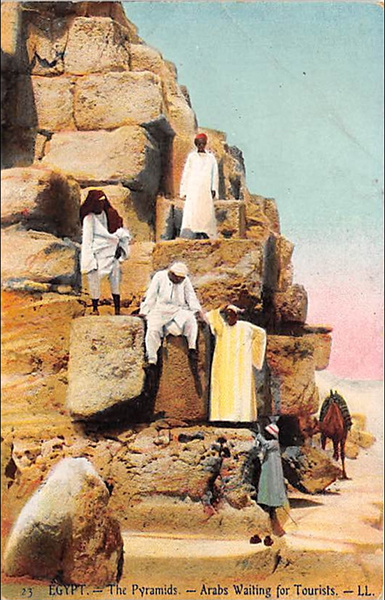
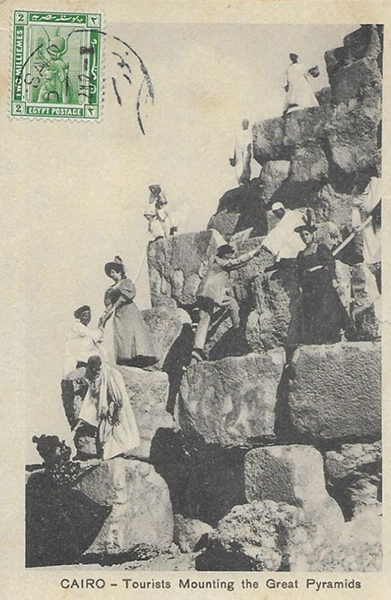
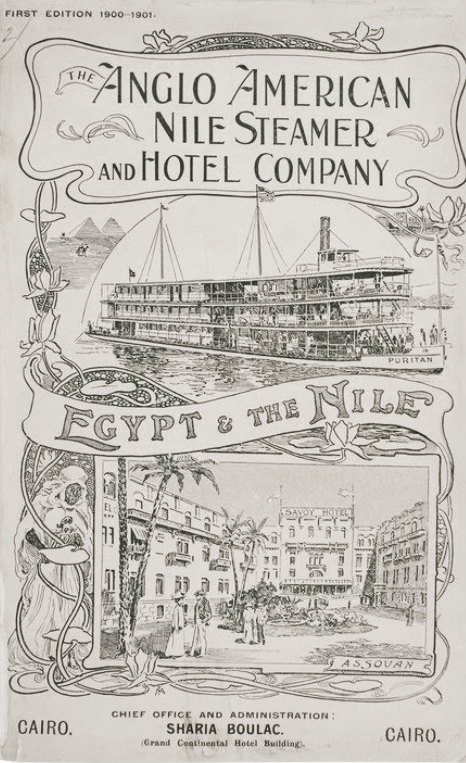
The Anglo-American Nile Steamer and Hotel Company started competing for tourists on the Nile in 1896. Up until then, Thomas Cook & Son had completely dominated the market for transporting British and American tourists up and down the Nile. The Anglo-American also built their own hotels such as the Savoy Hotel on the island Elephantine outside Aswan, Egypt.
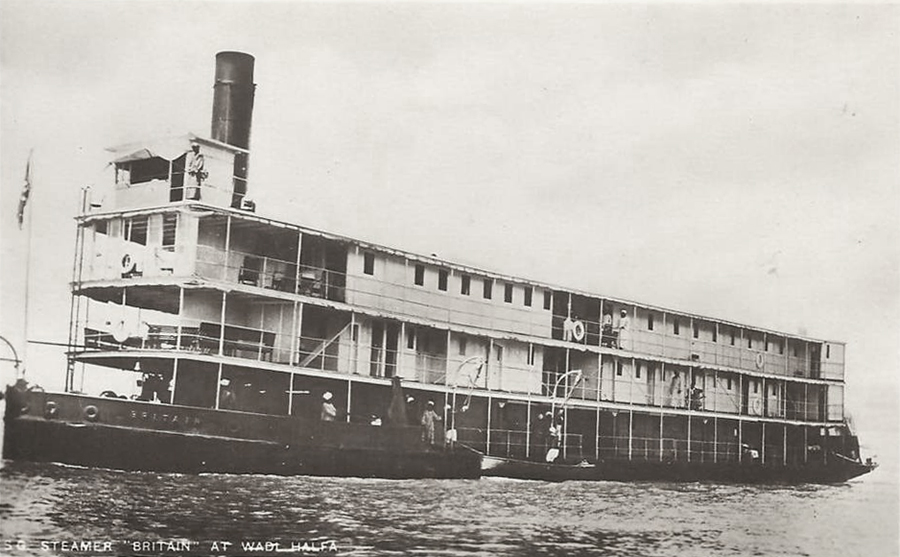
The Anglo-American Nile Company’s history is little known but postcard images of its vessels show a different design to those of Thomas Cook & Son, with decks above a very shallow hull designed for shallow water.
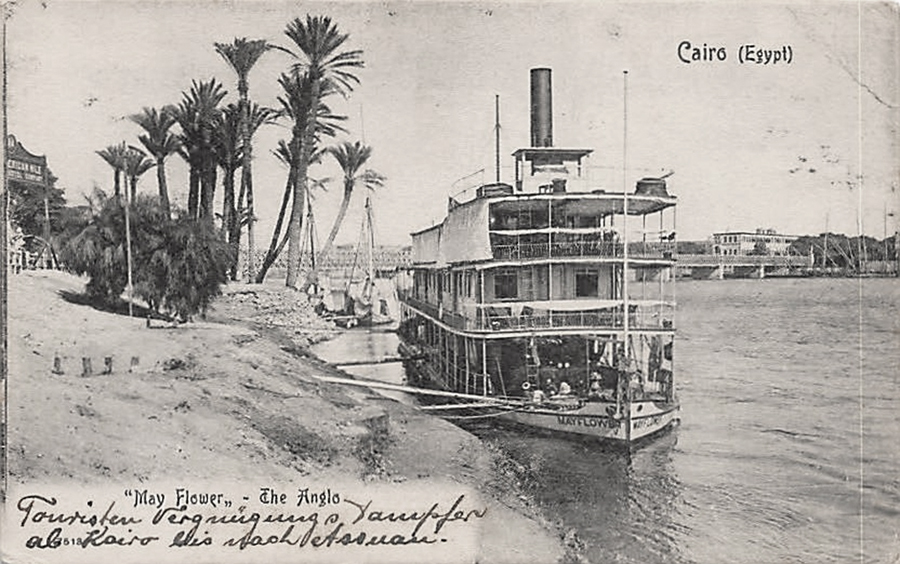
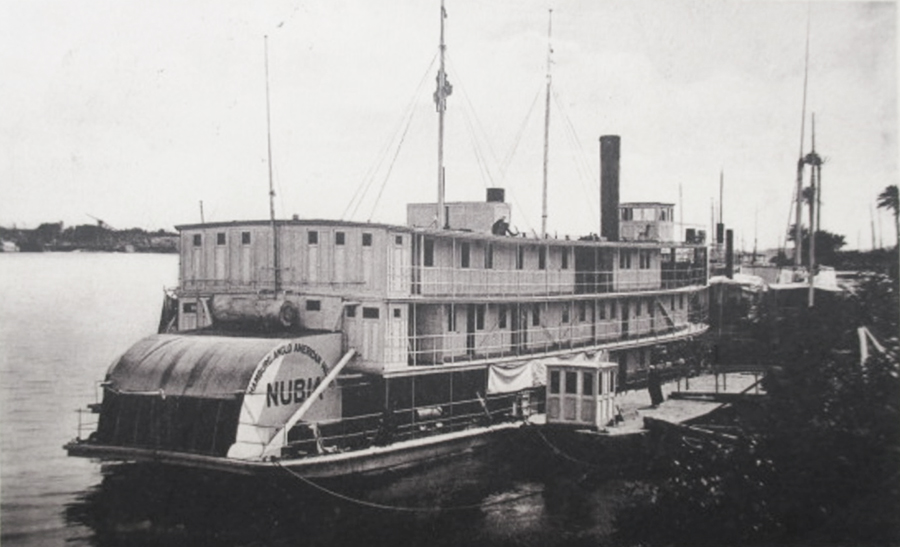
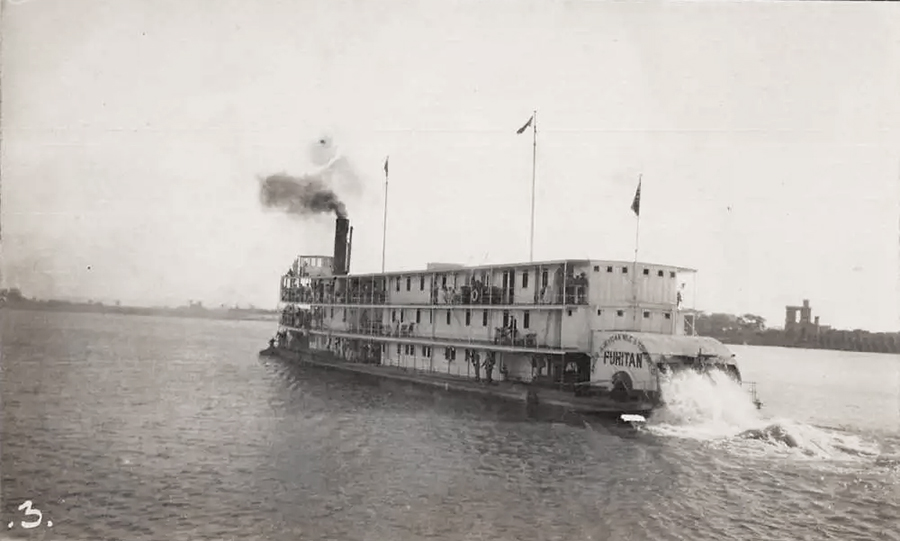
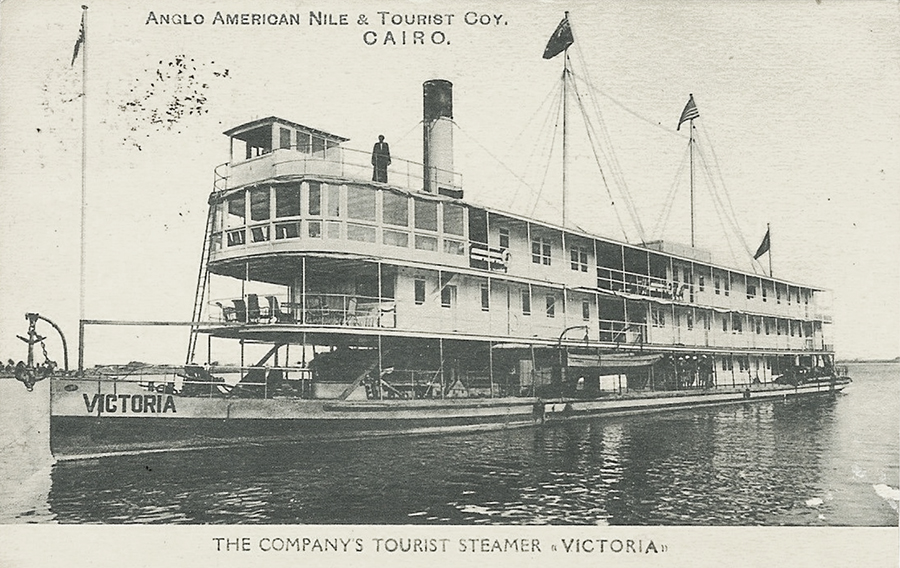
A series of humorous postcards of foreigners in Egypt theme, reflecting some of the prejudices and stereotypes of the period but also highlighting the volume of tourism to the region to justify the production of such a range of specialist greeting cards.
